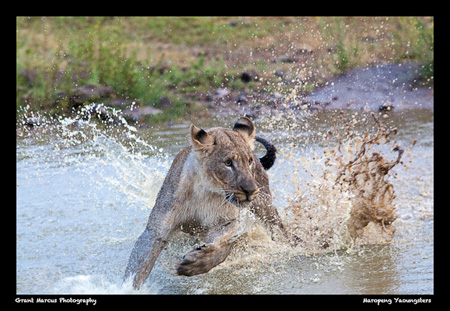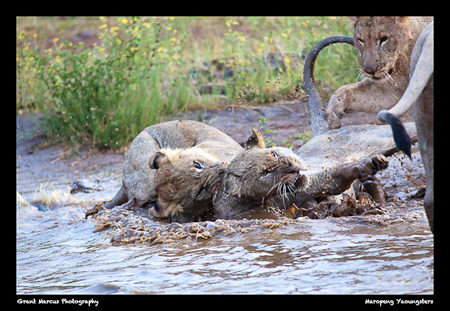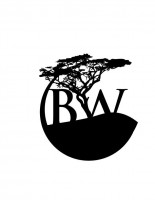Please welcome our guest pro photographer, Mr. Grant Marcus!
‘Decisions and Choices’ with Grant Marcus
So often we sit with decisions in wildlife photography that can either work or bomb out completely. Especially when you have an opportunity to capture something rare or unique. It normally happens at the worst time of day, early morning and late, late afternoon. That is where you need to know your equipment. Post-processing plays an enormous role in the outcome of your image especially if you worked in bad light.
These lion images were shot just after 6:00 a.m. in the morning. Normally, I wouldn’t even bother shooting them in this light, but the situation, the scene ,and the opportunity to capture something unique was there and I had to take it. In wildlife photography you only get maybe one chance to get that unique shot of a species. We all know that lions swimming and playing in water is, in itself, a unique opportunity.




In light like this, you need to push up your ISO quite a bit, in all the images I used between 2000-2500 ISO. There were noise, but you can change some of it in Lightroom and Photoshop, as long as you shoot in RAW. An increased ISO also helps you to capture movement better. With the movement of the big cats I kept my aperture between f/3.5 to f/5.
100-400 ISO: Good light during the day.
400-3200 ISO: When you need a faster shutter speed and when the light is not sufficient, or when you have overcast weather.
If your subject is fairly static keep your aperture as low as possible, like f/2.8, to create the depth of field needed to make your image stand out.
The ‘Rule of Thirds’ is perhaps the most important rule of composition, especially in wildlife.

You must always try to apply the ROT regardless your focal length. With these lions running around, it was very difficult to give the cats space in the frame to run into. Try and split the scene in thirds–two horizontal and two vertical lines. When you look through the viewfinder, try and put the focal point in any four sections where the lines cross each other. That immediately creates visual impact in your shot.
What I want to say through this is, if you have an opportunity to capture something unique in a difficult situation, take it and know your equipment. Don’t put your camera down and think the light is bad. Take the shot and post process it! Remember, when you sit with that decision or choice, don’t look back and say, “I should have taken that shot!”
Cheers,
Grant
Click here to see ALL of the Bush Warriors Wildlife Photography Workshops!

![]()


